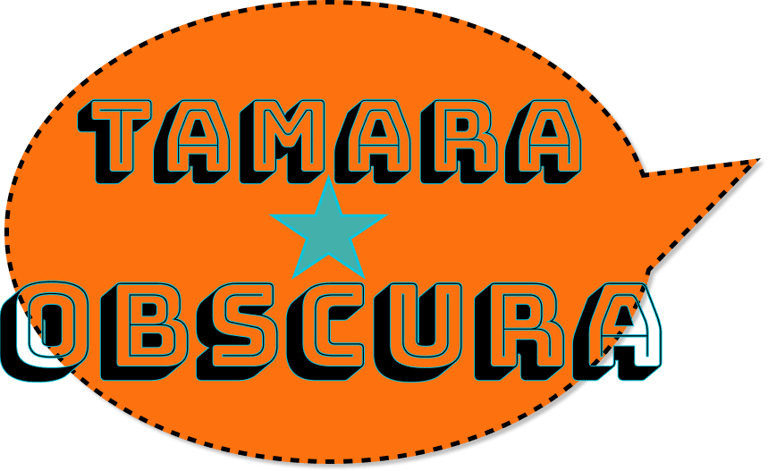Six Dots, A Story of Young Louis Braille
Story by Jen Bryant & Illustrated by Boris Kulikov
Review Written by Tamara Sadlo (she/her), Accessibility Consultant.
*Disclaimer, written by a sighted person. Books allow readers to empathize and experience the world from another perspective.I am also a mom interested in disability culture immersion for children who were already interested in inventors, and can relate to inventing and design thinking. If I misspoke in my review, I look forward to receiving feedback on how to be a better ally. Thanks.
This children’s book starts from a first person perspective of the inventor of the Braille system, Louis Braille. He describes his early life in a way that is relatable to our young readers. Born with sight, Louis started out life as a curious and clever child who would play with his sisters feeding chickens and explore the village on his brother’s shoulders. Young Louie loved to watch his papa work in his leather worksop. While playing shadow to his papa, he was injured during an accident holding sharp tools, an infection developed soon after that and would change the course of his life.
The child’s perspective changes to describing the sounds surrounding him by “training my ears for what my eyes could not do”. With the support of his family, Louie finds adaptive tools like the cane his father made, his brother teaching him how to whistle while also showing him how sound bounces and echoes back to let us know where objects are in his path. His sisters taught him the alphabet with tactile straw letters and his maman played dominos with him since he could count the dot indentations with his fingers..
Louie went around his community asking the priest, and the teacher if they had any books that he could read and they all said “No Louis, .. I’m sorry.” Louie sat in class memorizing information, but didn’t want to depend on everyone else, saying “I just wanted to read and write like everyone else”
Louie was nominated to go to the Royal School for the Blind. Although excited to finally go to school, the lessons were similar to those at home.
Books for the blind before braille had raised wax letters, sentences written in large form took up nearly half the page– this was underwhelming and disappointing, so Louie dreamed up solutions.
One morning students were asked to help decode a long coded message that was raised dots like a telegraph.. The code the French military used was too hard for students to use and they all gave up.
Louise worked out ways to simplify the captain’s code. After YEARS of working through variations, he was able to test this system out to his headmaster at school. “My new code uses just six dots, arranged by columns, like DOMINOS. Each dot pattern stood for a letter of the alphabet.
This book is empowering in that the main character adapts and finds solutions that benefit him and the blind community. Book also includes Author’s Note & More about Braille pages at the end of the book that is great to open up more discussion with your young readers, or students.
TLDR: Story of a child who became blind and his perspective of adapting to a sighted-world (empathetic writing for children to imagine the experience). This isn’t an ableist story of someone who is healed or needs to overcome his disability. This is a story of an inventor. Our young inventor conceived/designed what we know as the standard for written and reading communication for the blind community with the braille system. Book offers solutions and adaptations w/o looking to cure the main character & without stigmatizing disability.
PROS: Well written story about a person who happens to have a disability and also uses innovation-thinking to make life better for himself and the blind community. Written for young readers to empathize with a disability, without being ableist.
CONS: I haven’t found a braille publication of this book yet; missed opportunity!
PAIRS WELL WITH:
[Other books about young inventors who had to use patience, and practice in their craft.]
The Most Magnificent Thing. Written & Illustrated by Ashley Spires,
Rosie Revere, Engineer. By Andrea Beaty, Illustrated by David Roberts
Book Review, Written by: Tamara Sadlo,©2023


